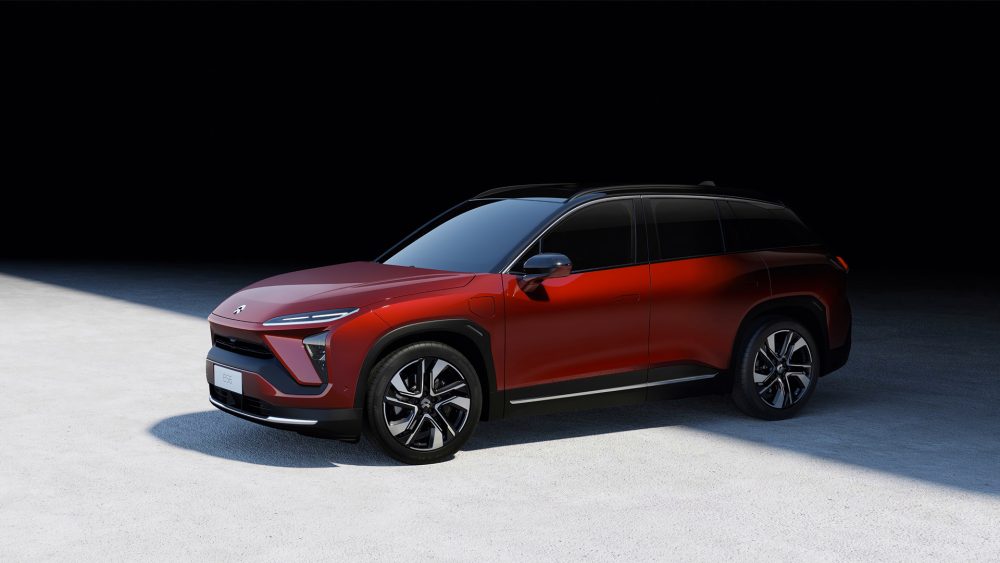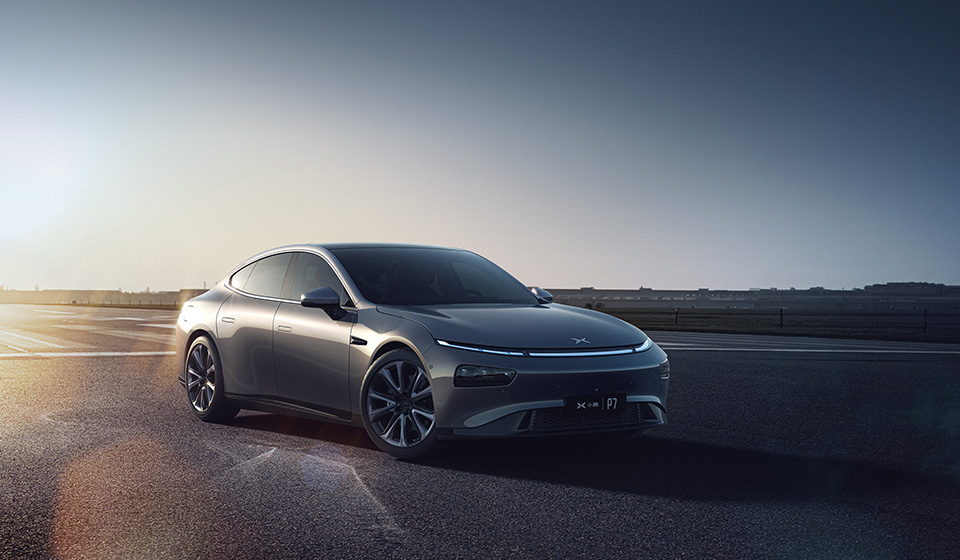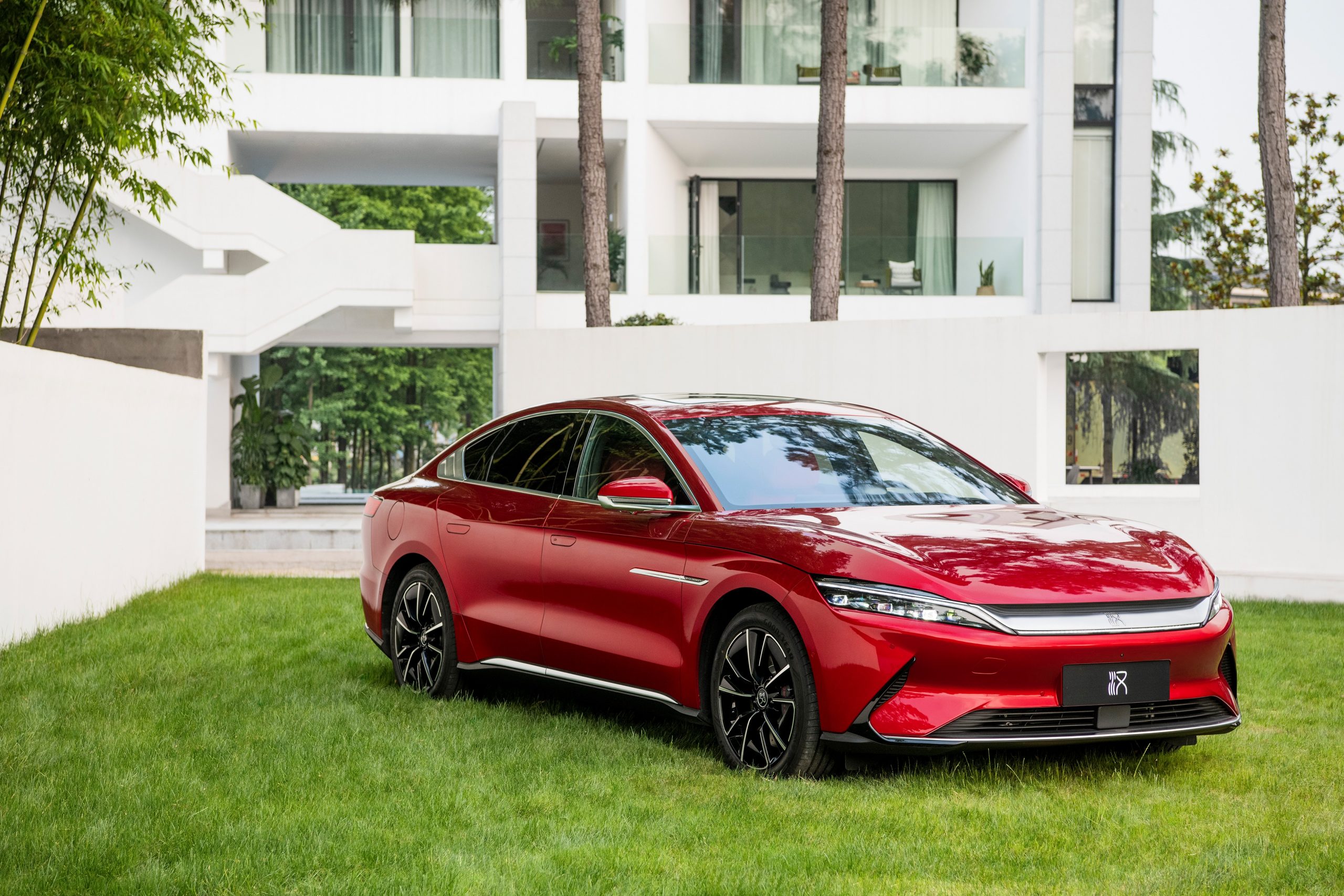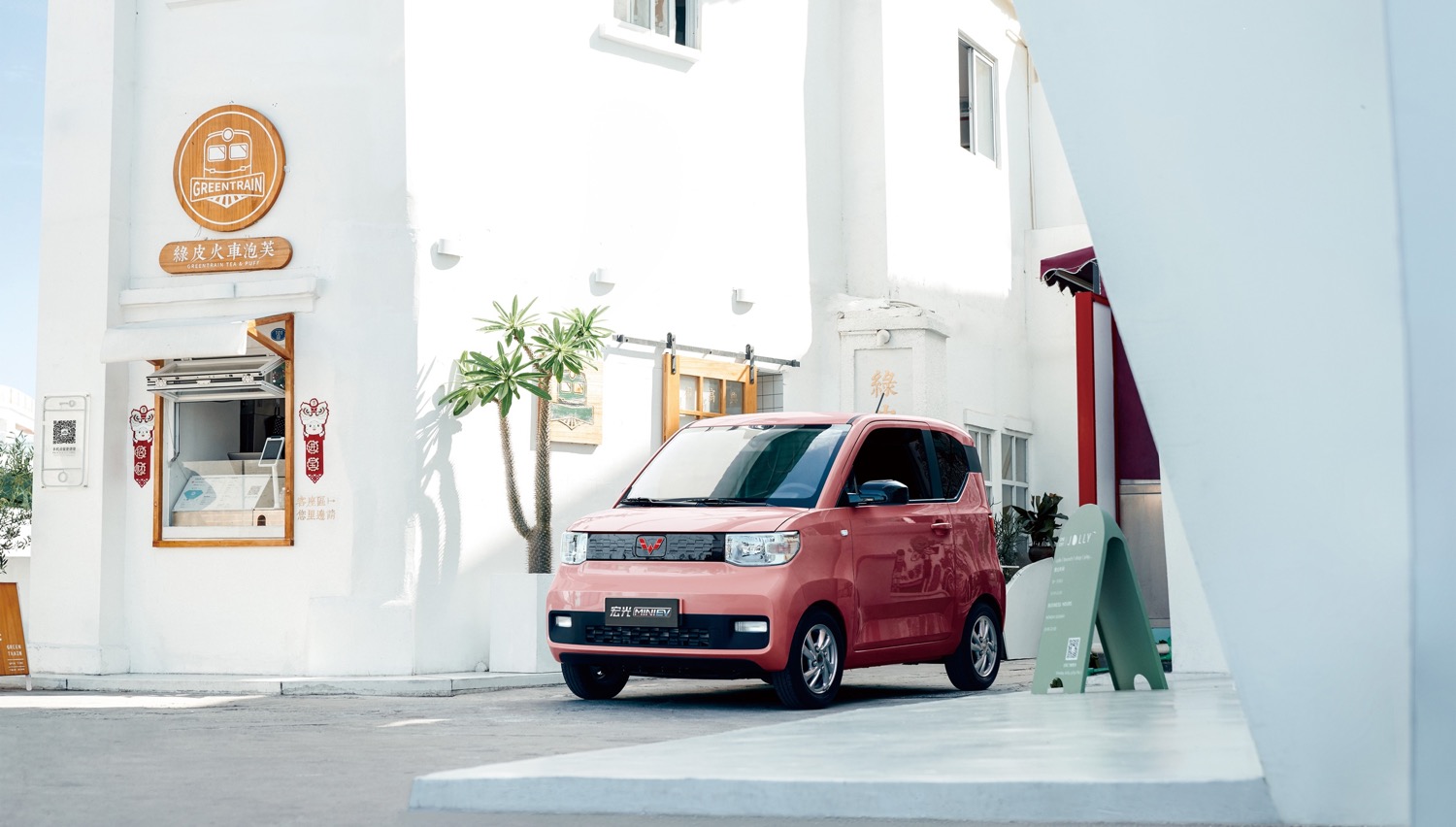China is looking to push the standards for electric vehicles and has shown some promising results. Last year saw a massive boost to sales of “New Energy Vehicles,” which include battery electric vehicles, hydrogen fuel-cell vehicles, and plug-in hybrid vehicles. As of the beginning of 2021, there are nearly 5 million NEVs on the road in China, and for every 10 public chargers found in the world, six of them are in China.
Suffice to say, the country is loaded with EVs, and many are unique to the region. So, let’s look through some of the more popular EVs offered in the country and opine over the forbidden fruit.
Nio ES6 and ES8

You might recognize the NIO name if you’ve been watching Formula E, where the automaker competes with the NIO 333 Team. Or perhaps you heard of the NIO EP9 supercar that briefly held the Nurburgring all-EV Lap Record? While the Chinese company has offices around the globe, the cars are only available in China. Among its most popular is the ES6, a mid-sized crossover that seats five, while the ES8 seats seven.
The vehicles are offered with a 70, 84, or 100 kWh battery, allowing for a maximum range of about 380 miles. These batteries are also swappable via NIOs battery swapping stations throughout the country. These stations have completed over 2 million battery swaps by the end of March.
With well over 500 horsepower, the NIOs are speedy, hitting highway speeds in under 5 seconds.
Weltmeister EX5

While it sounds German, the Weltmeister EX5 is one of the first and bestselling Chinese designed and built EVs. Its popularity comes from the attractive price (which ranges from about $20,000 to $30,000 after conversion and including subsidies) and reasonable mileage. Available with a 52.5 or 69 kWh battery, the EX5 offers up to 323 miles of range and is paired with a 215 horsepower electric motor, which is provided by BorgWarner. The compact EV even offers 120 kW DC Fast Charging capability, allowing for speedy recharges of the battery.
Xpeng P7

Last fall, Xpeng became a publicly-traded company on the New York Stock Exchange. The automaker has several big names backing it, including Alibaba, Foxconn, and investors from Qatar and Abu Dhabi, and has been riding high since its IPO. The P7 sedan is one of the more popular models it offers, featuring an 80.9 kWh battery, all-wheel-drive, and a max range of 439 miles, according to the optimistic New European Drive Cycle.
With prices around $30,000 after conversion, the P7 also manages to squeeze in a few cool tech features, like a center-mounted infotainment display that can even play video games and movies. Additionally, Xpeng has been making a splash about its driver assistance features and has been conducting several self-driving expeditions, including a six-day trek across China with driver intervention below one time per 100 km. It makes sense then that the P7 is so popular, selling over 10,000 units in less than six months.
Li Xiang One

A plug-in hybrid, the Li Xiang One is a mid-size SUV with a pretty sizable electric battery, measuring 40.5 kWh. That battery allows for an all-electric range of about 111 miles, but thanks to a 1.2-liter turbocharged four-cylinder acting as a range extender, the Li Xiang One can keep on rolling. The major downside to the One is that it isn’t the most powerful ride out there, with about 326 combined horsepower.
Baojun E-Series

Another popular class of EV in China is the microcar. These city-sized two-seaters work well for getting around town but aren’t ideal for longer trips or cruising the highway. Take a look at the Baojun E-Series, a byproduct of the joint venture between SAIC Motor, General Motors, and Liuzhou Wuling Motors. This car is available in a few more regions than just China, with India and Indonesia getting in on the small EV action.
Looking like a sinister Smart Fortwo, the E-Series comes in two configurations, with a max of 167 miles and a minimum of 103 miles. However, these city cars seem barely quicker than a golf-cart, with 0-60 MPH sprints taking about 15 seconds. Top speed is limited to just 63 MPH if you’re patient (or brave) enough. While that sounds limiting, it’s important to keep in mind the asking price of the E-Series. Customers fork over just about $8,000 to get behind this ride, making it an incredibly affordable city car.
SAIC Roewe Clever

When British automaker MG Rover fell apart in the mid-2000s, Chinese automakers SIAC and Nanjing picked up the pieces and eventually merged. The resulting brand is known as Roewe, and they have an impressive number of EVs and PHEVs in their stable. Among the more popular is another small city car known as the Clever.
I've got that Chinese car trivia down.
Speaking of: SAIC doesn't own the actual Rover name. They got all the IP from MG-Rover, and the MG nameplate, but the word Rover itself was held by BMW, who sold it to Ford, who returned it to Jaguar-Land Rover, which means it's now Tata's.
— Brian 'Not a Cat, Probably' Gluckman (@bgluckman) March 29, 2021
Competing directly with the Baojun E-Series, the Clever uses a 27 kWh battery pack, with about 160 miles of range. The 50 horsepower electric motor can achieve a top speed of about 62 MPH, making it clear that the Clever isn’t designed for high-performance or long-distance driving.
Chery eQ1 and eQ5

Chinese automaker Chery has been slowly building its stable of electric vehicles, and we’re highlighting a pair. First, there’s the adorable eQ1 and second is the slick, practical eQ5. Like the previous two entries on this list, the eQ1 is a city car, best suited for driving around town. It uses a 38 kWh battery that’s capable of anywhere between 124 and 187 miles.
While the small car is only suitable for lower speeds, the Pininfarina-designed eQ5 seems like a far more practical and usable EV. Revealed late last year, the five-seater offers a variety of battery packs and motor configurations. Equipped with the 70.1 kWh battery, the eQ5 manages about 317 miles, while models with the larger 88 kWh battery and high-output motors allow for 385 miles of range.
GAC Aion lineup

Aion is the electric vehicle-focused brand of the Guangzhou Automobile Group (GAC for short) and has a few models to showcase. The most popular is the Aion S, a five-seater sedan that’s been in production since mid-2019. The S is the only sedan offered by the brand, while the LX is a mid-sized crossover, and the V a compact crossover.
The S arrives with a single battery pack option, a 58.8 kWh that enables 317 miles of range according to the NEDC. The motor features a healthy 180 hp, meaning it isn’t a slug off the line. Interestingly, a rebadged version of the Aion S is found in Toyota Leahead dealerships in China.
The Aion LX and V have slightly larger batteries and vary in range. The LX, equipped with a 70 kWh battery is rated to return 312 miles, while those equipped with a 93 kWh battery can return 372 miles. That big battery can be matched with all-wheel-drive, making do with an impressive output of 400 horsepower and 516 lb-ft of torque.
The smaller V is offered in four configurations, with all-electric ranges between 248 and 372 miles. There are plenty of features and novelties in the new crossover including a Chinese medicine fragrance system.
Great Wall ORA

Great Wall has an electric car brand too, named ORA, with vehicles sold in regions well beyond China. The ORA R1 or the ORA Black Cat is among the most popular EVs offered by the brand. One look at the adorable EV and you can see why. A 33 kWh battery is matched to a 47 horsepower engine, allowing a range of about 187 miles, according to the NEDC.
Another uniquely styled ORA model is the Haomao or Good Cat, which looks like a cross between an old Beetle and a Porsche. With a 143 hp motor under the hood, it’s far more practical than the small Black Cat and has a reported range of 311 miles as well.
BYD Han EV

Some Americans may be familiar with BYD, as you may see the e6 EV used as an Uber in Chicago or BYD electric busses around town. In other regions, the brand is far more recognizable, and the four-door Han sedan has a lot to do with that. Now available as a PHEV and an EV with a surprising spec sheet, the Han EV is among the most popular EVs on sale in China and beyond.
While the PHEV model features an all-electric range of just about 50 miles, the EV sounds far more exciting, with a 76.9 kWh lithium iron phosphate battery. Models can be equipped with front or all-wheel-drive, with high-performance models allowing for a 0-60 sprint below 4 seconds. The maximum all-electric range of the Han EV is about 375 miles, and the automaker boasts other premium touches like Nappa leather and a whole suite of safety equipment.
Wuling Hongguang Mini EV

Possibly the hottest new EV in China is the Wuling Hongguang Mini EV, which has sold over 160,000 units since deliveries began in mid-2020. It’s a hot commodity due to its low price, which tops out at just over $5,000, and the city car is expected to make its way to European countries soon.
The Mini EV is motivated by a 17.4 horsepower motor, slightly more than you’d expect from an entry-level motorcycle. This tiny ride also has a top speed of about 62 MPH, not that you’d want to risk exploring that speed. However, the vehicle is pretty efficient with a max range of about 110 miles. Somehow the vehicle seats four, but you’d have to fold down the rear seats to get any cargo room. While it may not be the most useful EV, it does its job and fits a budget, which is clearly why it’s so popular.

